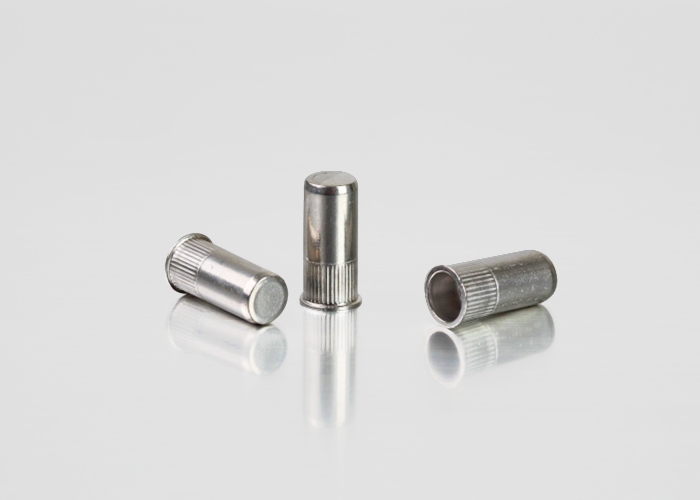The rivet nut is also one of the indispensable fasteners in our daily life, so how is the thread of the stainless steel rivet nut made?
Thread is a shape with uniform spiral lines on the outer or inner surface of a solid. The function is the fastening and connection function: suitable for most screw products at this stage; transmission function (displacement function): such as a micrometer for QC check size; sealing function: such as pipe connection sealing.
Turning is to make the material reach the desired shape by removing the material. Advantages: high processing accuracy, no mold restrictions; disadvantages: high production cost, slow processing speed.
Forging processing, the material is deformed by an external force to squeeze the material to achieve the desired shape. Advantages: fast production speed, low cost, suitable for mass production; Disadvantages: molding is limited by molds, and mold costs for complex products are high.
Cold heading: It is a process in which the metal wire is extruded and deformed with the help of external force when the metal wire is not heated. The cold heading process is only one of the forging processes.
Of course, the thread of the rivet nut aluminium has the same function and processing method.




